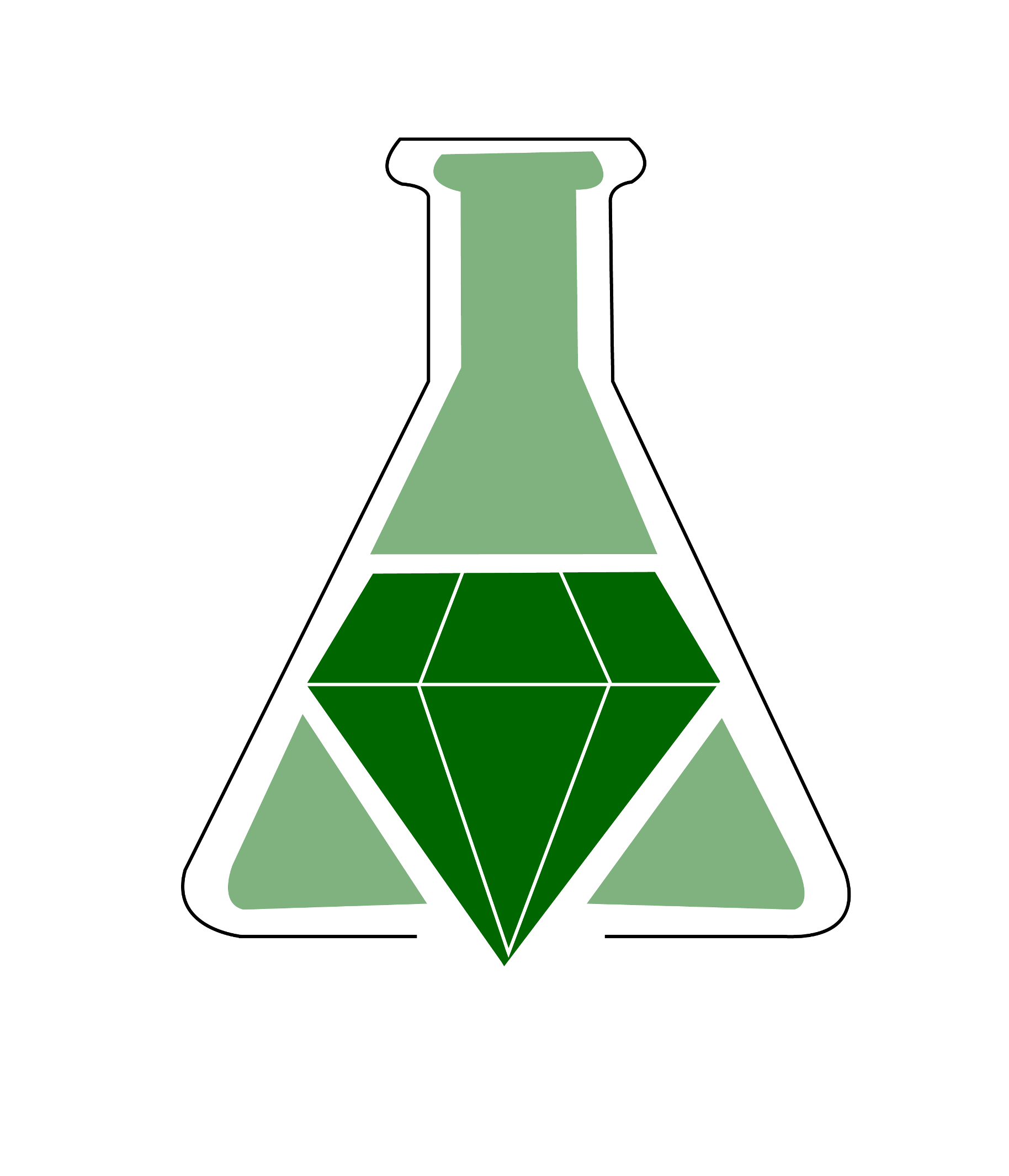Micelle-Mediated Extraction of Heavy Metals from Environmental Samples: An Environmental Green Chemistry Laboratory Experiment

Summary
Analysis of trace metals and organic substances often relies on the use of
organic solvent-based extractions. In this laboratory exercise, students
will use analytical chemistry to determine heavy metals from water samples using a greener, micelle-mediated extraction procedure called cloud-point extraction. Water samples are treated with a chelating agent, ammonium pyrrolidine dithiocarbamate, and the nonionic surfactant Triton X-114. After acidifying the solution, samples are heated to promote micelle formation, and heavy metals are removed with the surfactant-rich phase. Samples are heated to remove the remaining water and then prepared for atomic absorption spectroscopy operating in the flame mode. Developed for an undergraduate analytical chemistry laboratory this exercise focuses on the fundamental concepts of micelle formation, phase separation, and cloud-point extraction methodology. The greener, micelle-mediated preconcentration technique replaces high-volume, more hazardous organic solvent extraction methods.
Supplemental materials are provided on the J. Chem. Educ. website and
include instructor notes.
Summary prepared for the original GEMs database May 2005 by Julie A. Haack, Department of Chemistry at the University of Oregon.
Micelle-Mediated Extraction of Heavy Metals from Environmental Samples: An Environmental Green Chemistry Laboratory Experiment
Dimosthenis L. Giokas, Evangelos K. Paleologos, and Miltiades I. Karayannis
Journal of Chemical Education 2003 80 (1), 61
DOI: 10.1021/ed080p61
organic solvent-based extractions. In this laboratory exercise, students
will use analytical chemistry to determine heavy metals from water samples using a greener, micelle-mediated extraction procedure called cloud-point extraction. Water samples are treated with a chelating agent, ammonium pyrrolidine dithiocarbamate, and the nonionic surfactant Triton X-114. After acidifying the solution, samples are heated to promote micelle formation, and heavy metals are removed with the surfactant-rich phase. Samples are heated to remove the remaining water and then prepared for atomic absorption spectroscopy operating in the flame mode. Developed for an undergraduate analytical chemistry laboratory this exercise focuses on the fundamental concepts of micelle formation, phase separation, and cloud-point extraction methodology. The greener, micelle-mediated preconcentration technique replaces high-volume, more hazardous organic solvent extraction methods.
Supplemental materials are provided on the J. Chem. Educ. website and
include instructor notes.
Summary prepared for the original GEMs database May 2005 by Julie A. Haack, Department of Chemistry at the University of Oregon.
Micelle-Mediated Extraction of Heavy Metals from Environmental Samples: An Environmental Green Chemistry Laboratory Experiment
Dimosthenis L. Giokas, Evangelos K. Paleologos, and Miltiades I. Karayannis
Journal of Chemical Education 2003 80 (1), 61
DOI: 10.1021/ed080p61
Safety Precautions, Hazards, and Risk Assessment
See published journal article.
